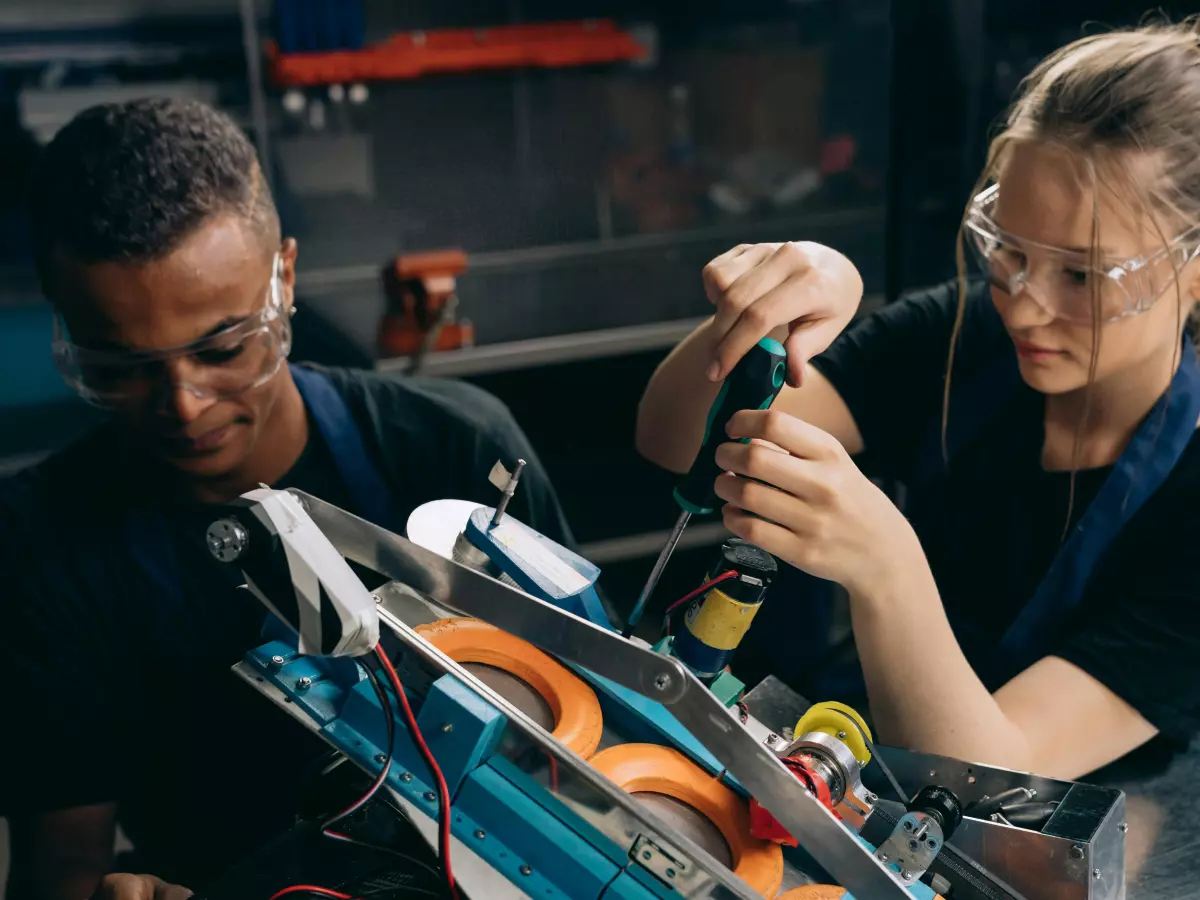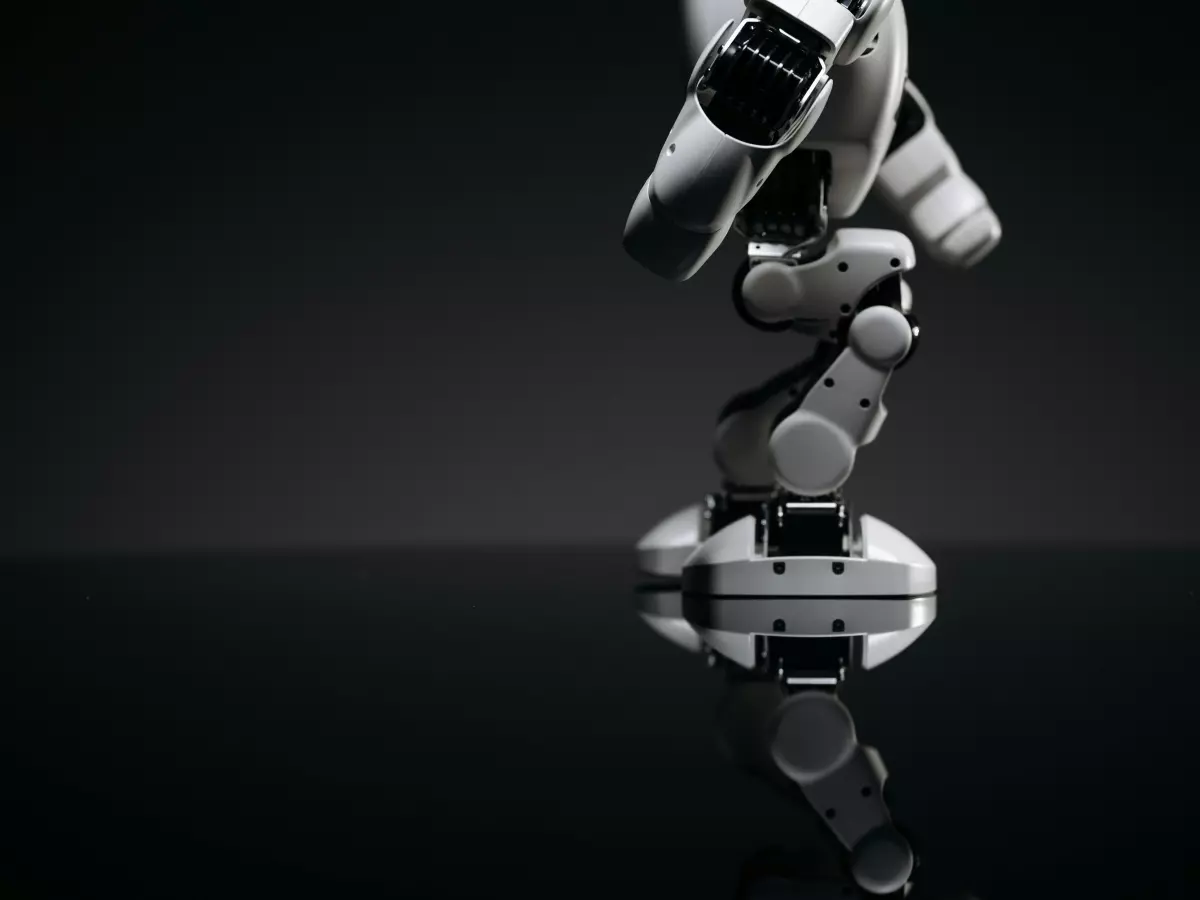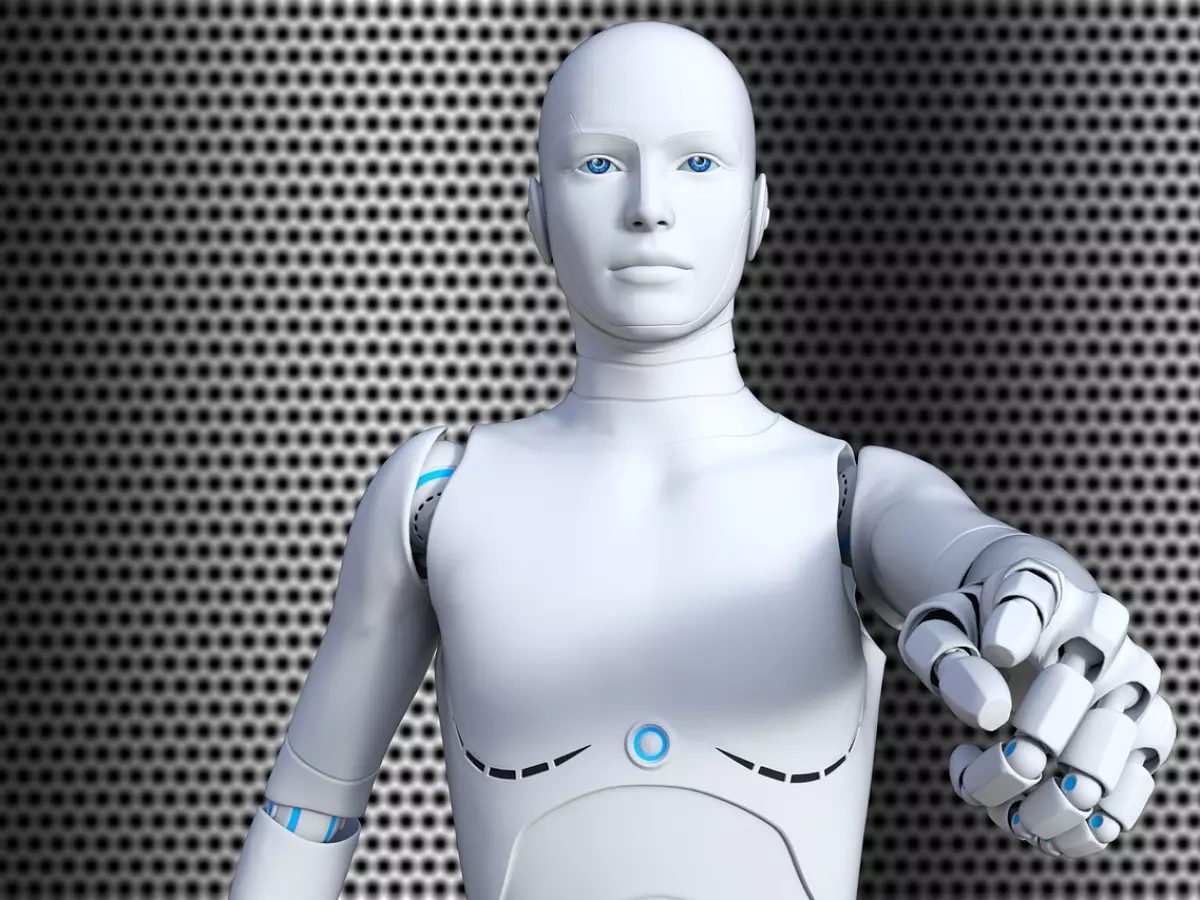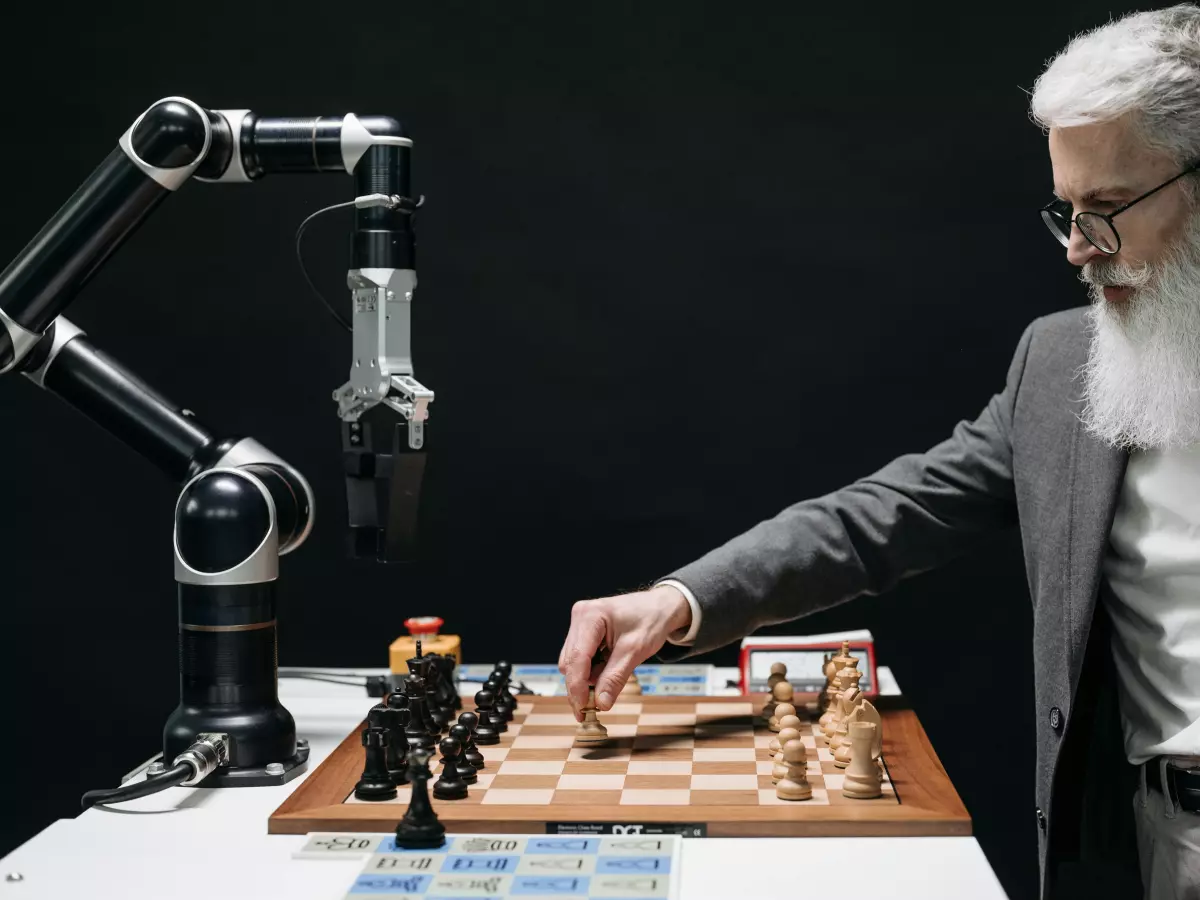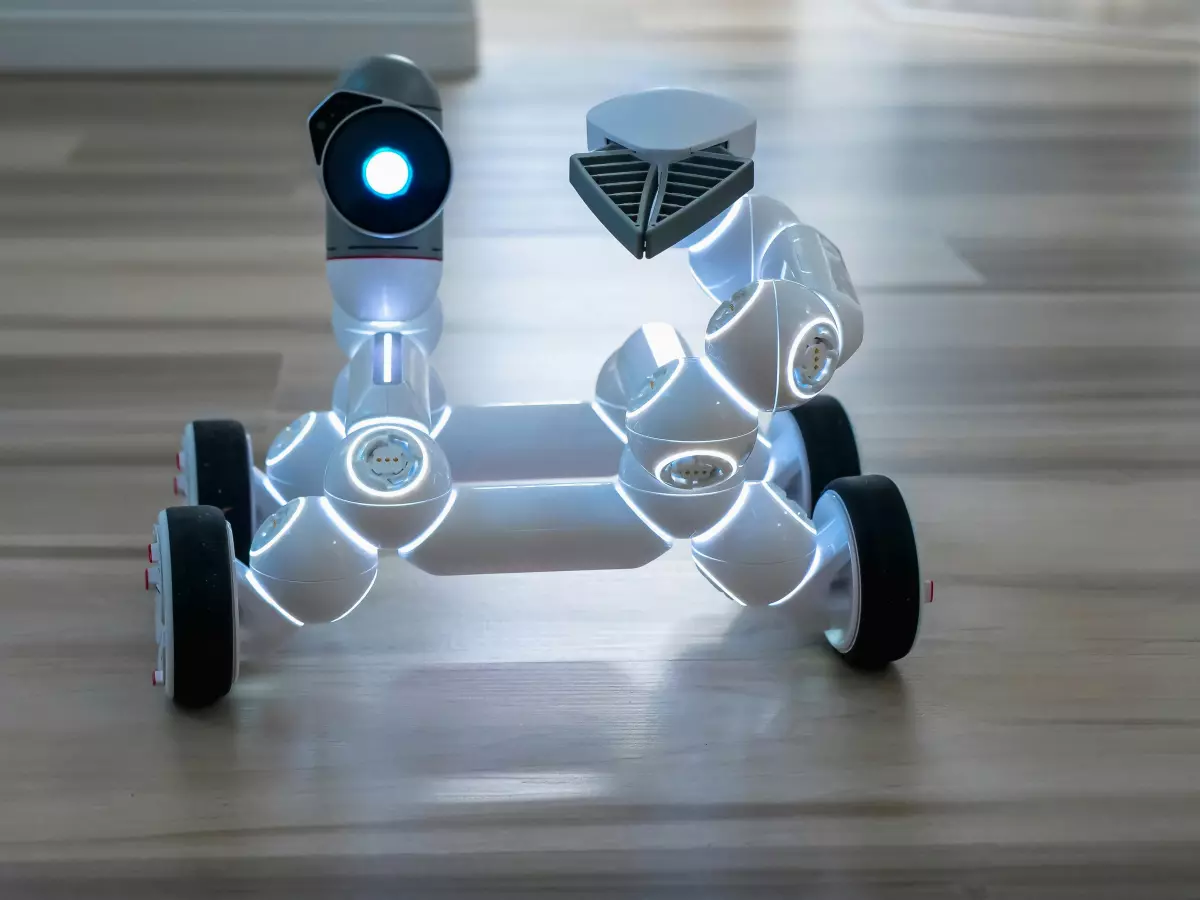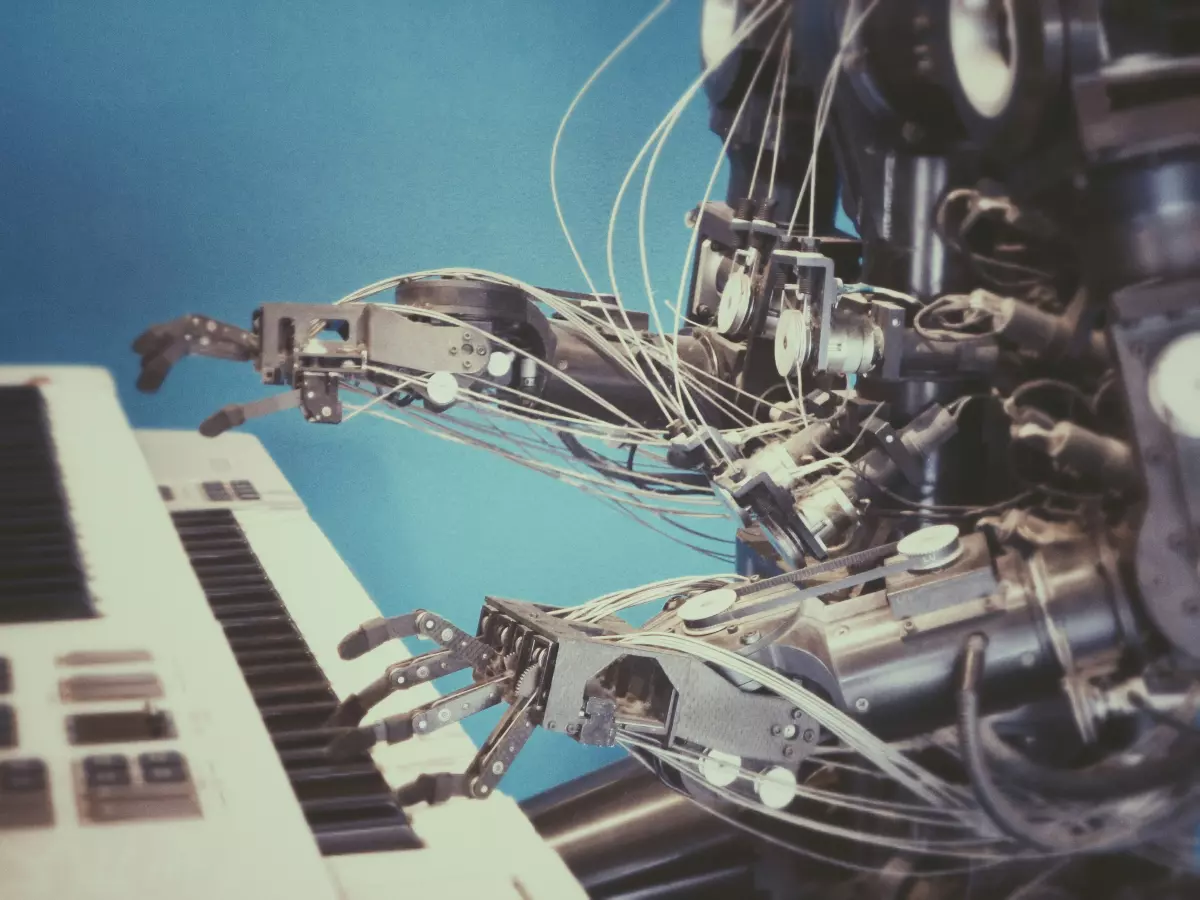Real-time control
When we think about autonomous robots, most of us picture sleek machines gliding through complex environments, making decisions faster than we can blink. We often assume it's all thanks to cutting-edge AI and sensors, right? Well, that's only part of the story.

By Isabella Ferraro
While AI and sensors get all the spotlight, there's another unsung hero quietly working behind the scenes: the Real-Time Operating System (RTOS). Without it, your robot would be more like a clumsy toddler than a precision-driven machine. But what exactly is an RTOS, and why is it so crucial for autonomous robots?
First, let’s clear up what an RTOS is. Unlike your everyday operating system (think Windows or macOS), an RTOS is designed to process data in real-time. It’s all about speed and predictability. In the world of robotics, milliseconds matter. A delay of even a fraction of a second could mean the difference between a robot successfully navigating a tight corner or crashing into a wall.
Now, you might be thinking, "Okay, so it’s fast. But why does that matter so much?" Well, imagine a robot arm assembling a car. It needs to grab parts, weld, and move with pinpoint accuracy. If the system controlling it isn’t fast enough, the arm might miss its mark, causing a cascade of errors. In autonomous robots, especially those used in industries like healthcare or aerospace, precision isn’t just a luxury—it’s a necessity.
How RTOS Keeps Robots in Sync
One of the biggest challenges in robotics is coordinating multiple tasks at once. Think about it: a robot needs to process sensor data, make decisions, and control its actuators—all at the same time. An RTOS ensures that all these tasks happen in perfect harmony, without any lag or hiccups. It’s like the conductor of an orchestra, making sure every instrument (or in this case, every sensor and motor) plays its part at the right time.
In a non-real-time system, tasks are handled based on priority, and sometimes, lower-priority tasks can get delayed. That’s fine if you’re just browsing the web, but in robotics, a delayed task could lead to disaster. An RTOS guarantees that every task is completed within a specific time frame, no matter how many other tasks are running.
Let’s not forget about safety. In industries like healthcare, where robots assist in surgeries, or in autonomous vehicles, where split-second decisions can save lives, an RTOS ensures that the system responds predictably and reliably. It’s the backbone that keeps everything running smoothly, even when things get chaotic.
RTOS vs. General-Purpose Operating Systems
So, why not just use a regular operating system? After all, your smartphone can handle multiple tasks at once, right? Well, here’s the thing: general-purpose operating systems (GPOS) like Windows or Linux are designed for flexibility, not speed. They’re great for multitasking, but they don’t guarantee that tasks will be completed within a specific time frame.
In contrast, an RTOS is designed with strict timing constraints. It ensures that critical tasks are completed on time, every time. In robotics, where timing is everything, that’s a game-changer. Imagine a drone flying through a crowded city. It needs to process sensor data, avoid obstacles, and adjust its flight path—all in real-time. A GPOS might not be fast enough to handle all that, but an RTOS? No problem.
RTOS in Action: Real-World Examples
Let’s talk about some real-world examples where RTOS is making a difference. In the world of autonomous vehicles, companies like Tesla and Waymo rely on RTOS to ensure their cars can make split-second decisions. Whether it’s avoiding a pedestrian or merging into traffic, the RTOS ensures that the car’s systems respond instantly and predictably.
In healthcare, surgical robots use RTOS to perform delicate procedures with precision. Imagine a robot-assisted surgery where the slightest delay could mean the difference between success and failure. The RTOS ensures that every movement is executed with pinpoint accuracy, giving surgeons the confidence to perform complex operations.
Even in space exploration, RTOS plays a critical role. NASA’s Mars rovers, for example, rely on RTOS to navigate the harsh Martian environment. With no room for error, the RTOS ensures that the rover can process sensor data, avoid obstacles, and make decisions in real-time, all while millions of miles away from Earth.
Why RTOS is the Future of Robotics
As robots become more advanced and take on increasingly complex tasks, the need for real-time control will only grow. Whether it’s autonomous drones delivering packages, robots assisting in surgeries, or self-driving cars navigating busy streets, RTOS will be at the heart of these systems, ensuring they operate with the precision and reliability we’ve come to expect.
So, the next time you see a robot performing a seemingly impossible task, remember: it’s not just AI or sensors making it happen. Behind the scenes, an RTOS is working tirelessly to ensure everything runs like clockwork. And without it, that robot would be lost in a world of lag and delays.
In a world where milliseconds matter, RTOS is the unsung hero that keeps robots in sync, safe, and ready for action. And as robotics continues to evolve, you can bet that RTOS will be right there, powering the future of autonomy.
